The reason why the capacitor film slitting machine can maintain high reliability in continuous production mainly depends on the following key design and operation strategies:
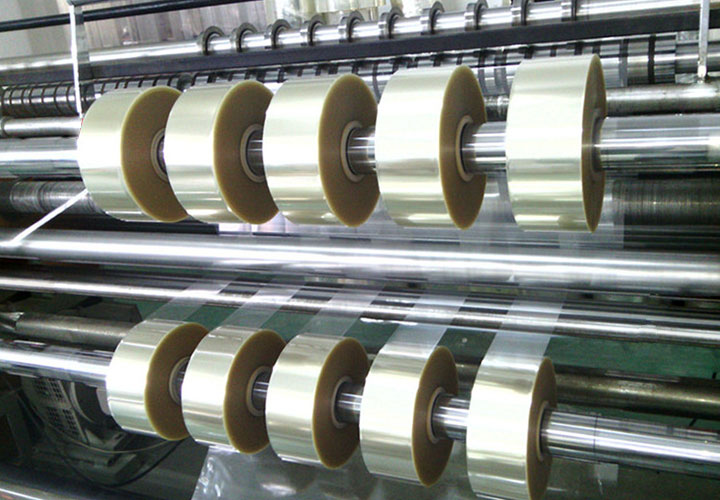
1. High-precision mechanical design and manufacturing
• Rigid structural materials: high-strength alloys or special steels are used to ensure that the equipment is resistant to deformation and vibration in high-speed operation.
• Precision transmission system: high-precision bearings, servo motors and closed-loop control systems reduce mechanical wear and ensure the stability of slitting dimensions (the error can be controlled within ±1μm).
• Dynamic Balance Adjustment: Rotating parts (e.g. tool shafts) are dynamically balanced to avoid vibration and wear due to unbalance.
2. Intelligent control system
• Real-time monitoring and feedback: real-time monitoring of film tension, slitting width and defects through tension sensor, thickness detector and CCD vision system, and automatic adjustment of parameters (such as tension control accuracy up to ±0.1N).
• Adaptive algorithms: AI algorithms predict tool wear trends and dynamically adjust cutting pressure or speed to extend tool life (e.g., reduce tool change frequency by 20%).
• Fault self-diagnosis: The PLC system predicts potential faults (such as overload, abnormal temperature) and triggers the protection mechanism to reduce sudden downtime.
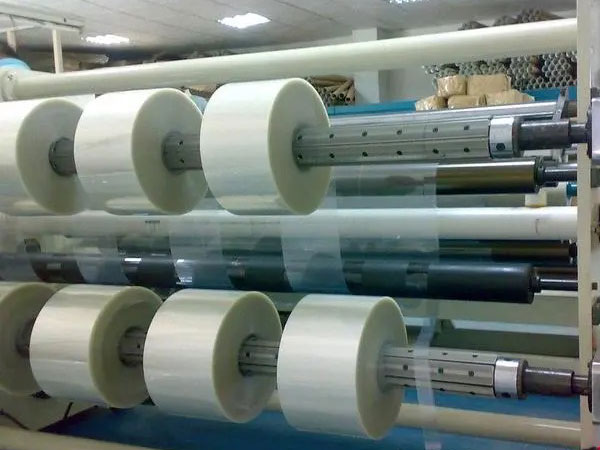
3. Optimization and redundancy of key components
• Long-life tools: Diamond-coated or carbide inserts are used to increase wear resistance by 3-5 times, and support continuous cutting of hundreds of kilometers of film.
• Modular design: quick replacement of worn parts (e.g. guide rollers, tools) reduces downtime to the minute level.
• Redundant drive system: dual servo motor backup, automatic switching when a single motor fails, to ensure uninterrupted production.
4. Environmental and maintenance management
• Temperature and humidity control: The production environment is kept at a constant temperature (±1°C) to reduce material deformation and reduce the thermal stress of the equipment.
• Preventive maintenance: regular lubrication (automatic oil filling system), cleaning and calibration, and the service life of key components is increased by more than 30%.
• Data-driven maintenance: Analyze historical data through the IoT platform and schedule maintenance windows in advance (e.g., automatic prompts to check tool axes every 500 hours).
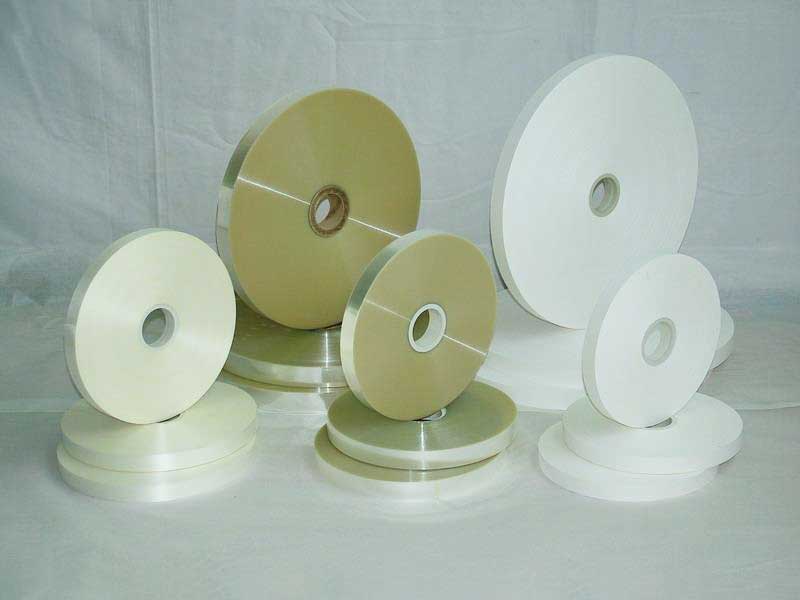
5. Adaptability of materials and processes
• Film characteristics matching: Preset process parameter library for different materials (PP, PET, etc.) to reduce debugging loss.
• Low-friction design: Ceramic guide rollers and air suspension technology reduce the risk of scratches on the film surface (Ra <0.1μm).
Refer to actual cases
Under the continuous 24/7 production of a slitting machine, the above technology can achieve:
• MTBF (Mean Time Between Failures) > 3000 hours
• The slitting speed is maintained at 600m/min and the yield rate is ≥ 99.9%.
Through the synergy of mechanical precision, intelligent control, and maintenance strategies, the capacitor film slitting machine achieves a reliability level of "near-zero unplanned downtime" in continuous production.
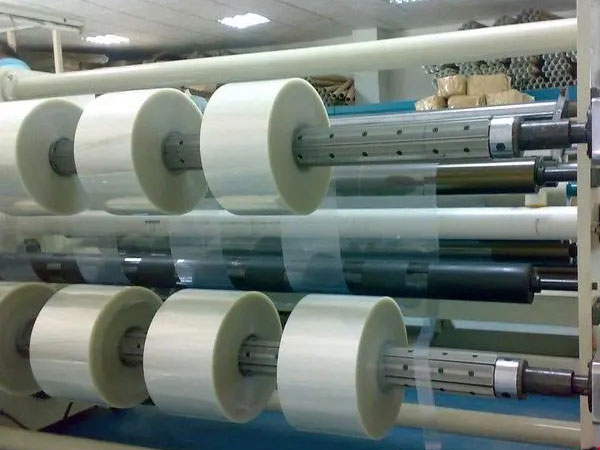
The tool holder driven by servo motor can achieve a positioning accuracy of ±0.01mm, reducing the burr on the edge of the film.
21. June, 2025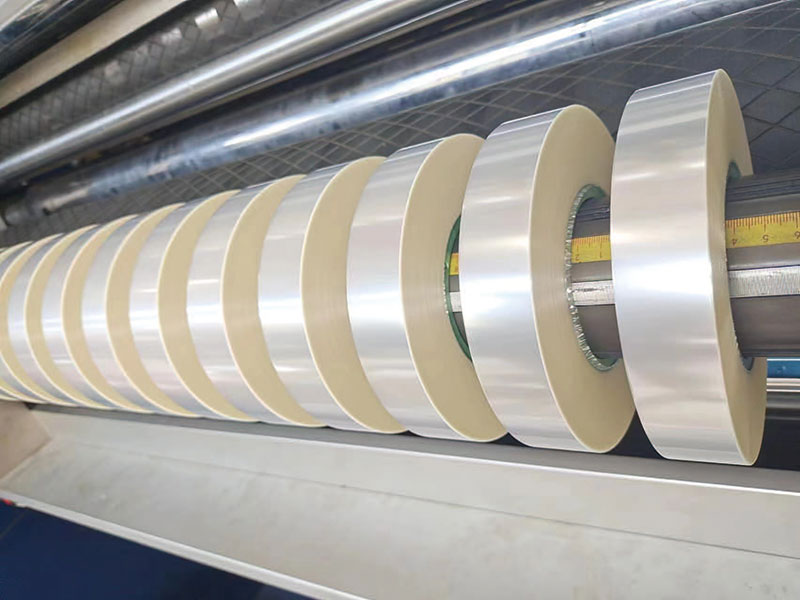
It has evolved from a single processing equipment to an intelligent production unit integrating perception, decision-making and execution.
20. June, 2025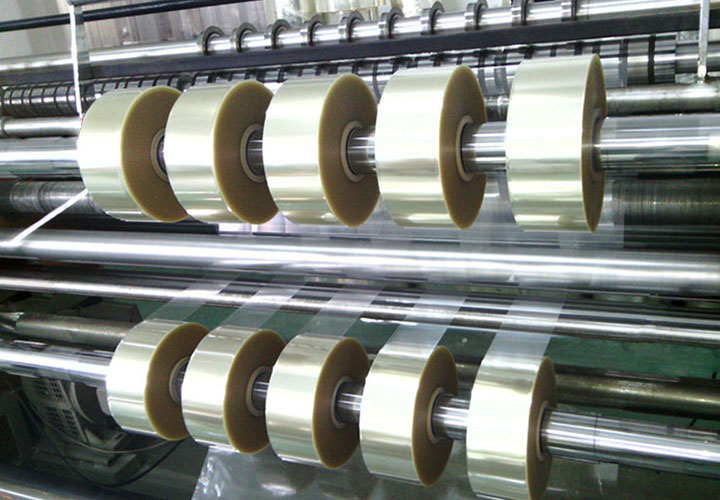
The following is a professional analysis from three aspects: technical characteristics, application scenarios and industry trends:
19. June, 2025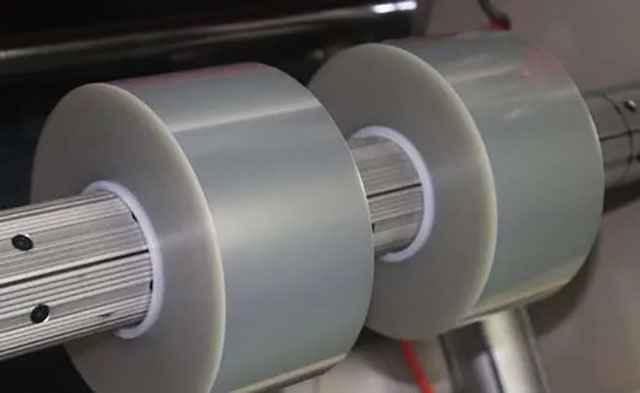
high-precision slitting (accuracy ± 1μm) and tension control (±0.5N) ensure that the film is not damaged.
18. June, 2025
The key to improving the productivity of capacitor film slitting machines is to optimize the tool change process and realize automatic adjustments
17. June, 2025